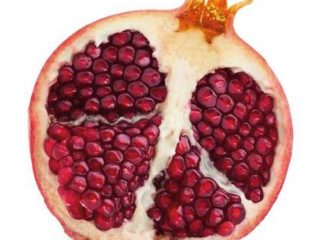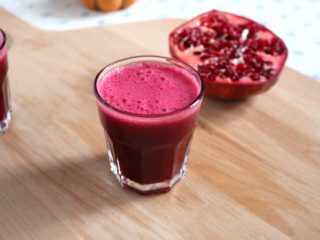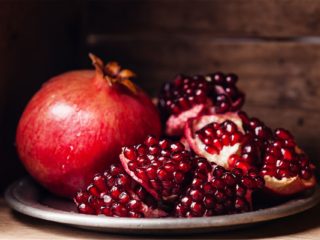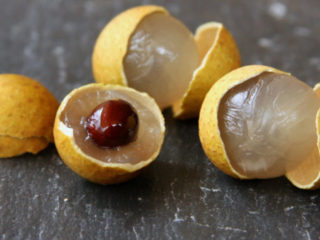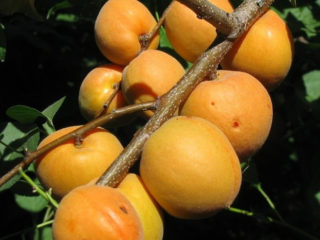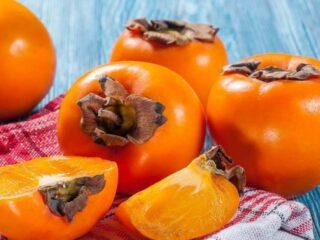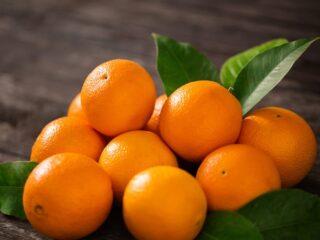Content
- 1 What is the name of a lemon-tangerine hybrid?
- 2 History of origin
- 3 Description of a hybrid of lemon and tangerine
- 4 How does a hybrid differ from other citrus fruits?
- 5 Chemical composition and calorie content
- 6 What are the benefits of a mixture of tangerine and lemon?
- 7 Application
- 8 How to choose
- 9 Conclusion
The hybrid of lemon and tangerine in European countries is called rangpur. The berry bred by breeders in Russia is known as limandarin. The culture comes from India and has been known to mankind since ancient times. The fruits resemble tangerines in appearance, but their taste is closer to lemon. Photos of different types of lemon-tangerine hybrid, their names are presented below.
What is the name of a lemon-tangerine hybrid?
There is an assumption that the plant got its name from the city of Rangpur (one of the largest in Bangladesh). In Japan the culture is known as haim, in Brazil it is called kravo.
The hybrid fruit obtained by crossing lemon and tangerine has several names: rangpur (the most common), limonia, limandarine.
History of origin
A hybrid form was obtained from mandarin oranges and Catonian lemons.
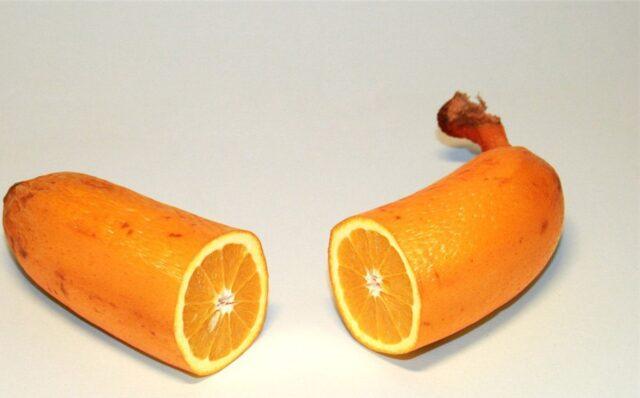
The birthplace of the culture is India, but since time immemorial the plant has become widespread in China.
Ringapura came to Europe in 1813. It had a sweet taste compared to today's fruits. It was brought from the island of Tahiti.
Currently, the hybrid is cultivated in Asian countries: China and Japan, South America and Europe. Ringapur is grown for landscaping, as a rootstock for producing citrus fruits, since the crop is highly resistant to drought.
Description of a hybrid of lemon and tangerine
Limandarin is a tree. It grows in height from 3 to 5 m. The shoots of the plant are thin and drooping. The leaves are bottle green, small in size, and ovoid in shape. The branches and bark are brown with a purple tint. Short spines grow on them in small quantities.
Ringapur blooms with single or collected flowers of a lilac-violet hue. The plant exudes a subtle, pleasant citrus aroma.
The berry reaches 5 cm in diameter and is similar in appearance to a tangerine. The peel is easy to peel, the flesh is carrot-orange in color. The fruit tastes like lemon.
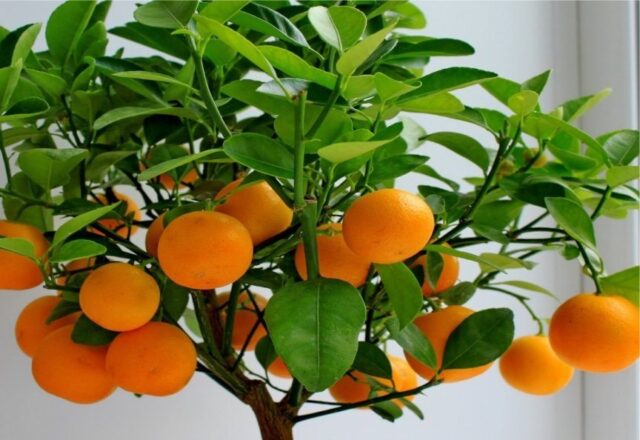
A hybrid of lemon and tangerine, called limandarin, can be grown from the seed of a ripe fruit.
How does a hybrid differ from other citrus fruits?
Scientists managed to obtain varietal forms of limandarin; they were called clones of the plant: Limeira, Santa Barbara, Citrolima, Tatuatiringa.
They all have differences both in appearance and taste. What the varieties have in common is that they are highly resistant to diseases, primarily scab and root rot.
Some varieties have soft skin, while others have rougher skin. The berries also differ in shape. They are found with an oblong neck, elliptical, spherical and round in shape.
Chemical composition and calorie content
The hybrid inherited the chemical composition from lemon.Like other representatives of the Citrus genus of the Rutaceae family, Ringapur is rich in vitamins and minerals beneficial to the body.
The pulp of the lemon-tangerine hybrid fruit contains:
- coumarin derivatives, which are indirectly acting anticoagulants, have virtually no effect on the human body;
- sexviterpenes have found application in medicine and perfumery;
- dietary fiber and sugars;
- flavonoids – have the ability to increase the elasticity of red blood cells, inhibit blood clotting, reduce the permeability and fragility of capillaries;
- phytoncides – inhibit the growth and development of fungi and bacteria;
- pectins – reduce the risk of heart and vascular diseases, cleanse the body of heavy salts and metals.
Limandarin berries contain:
- minerals: zinc, magnesium, iron, sodium, phosphorus, calcium, potassium;
- vitamins: A, B1, IN2, IN9, IN12, C, E, RR;
- organic acids: malic and citric.
Fatty oil and limonin were detected in seeds, leaves and branches. The berries contain essential oils that give them a lemon aroma.
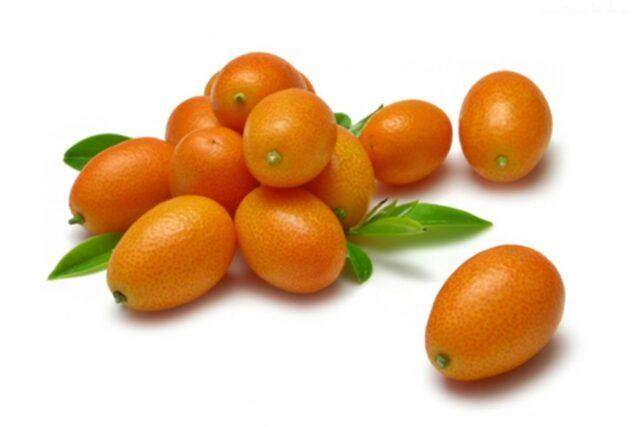
Limandarin calorie content per 100 g of product – from 29 to 33 kcal
What are the benefits of a mixture of tangerine and lemon?
Beneficial properties of the fruit obtained by crossing lemon and tangerine:
- reduces fatigue;
- quenches thirst well;
- improves appetite;
- dissolves uric acid deposits in joints;
- normalizes mineral metabolism;
- strengthens the immune system, replenishes the lack of vitamin C;
- restores intestinal function;
- increases the acidity of gastric juice;
- has an antiemetic effect;
- has a calming effect.
Limandarin is recommended for use for the treatment and prevention of the following diseases:
- hypertension;
- angina;
- atherosclerosis;
- gout;
- rheumatism;
- scurvy;
- avitaminosis.
The oil obtained from the skin of the hybrid has a beneficial effect on the nervous system, improves mental state, and helps cope with stress.
Application
In America, lemon-tangerine hybrid trees are used to decorate a personal plot. The plant is unpretentious and does not require special attention.
Low-calorie fruits are used in dietary nutrition. Marmalade is made from fruits, added to jams, fruit salads, and used for baking. Limandarin juice is added to tangerine juice to obtain a more pronounced taste. Dried zest is added to tea. The fruit itself goes well with fish and meat dishes.
How to choose
When choosing lemon-orange hybrid fruits in the supermarket, you should pay attention to:
- fresh fruits have a pleasant aroma;
- the berry should be elastic; if, after light pressure, dents remain on the peel, the inside of the fruit is spoiled;
- there should be no dark spots or signs of rot on the surface of the fruit.
When the peel of the fruit shines and shimmers, it means that it has been treated with chemicals for long-term storage.
Conclusion
A hybrid of lemon and tangerine is used in medicine, cooking, and landscape design. Breeders often use limandarin roots and stems for citrus rootstocks. Consumption of ringapura fruits has a beneficial effect on the functioning of the immune system and the whole body.
